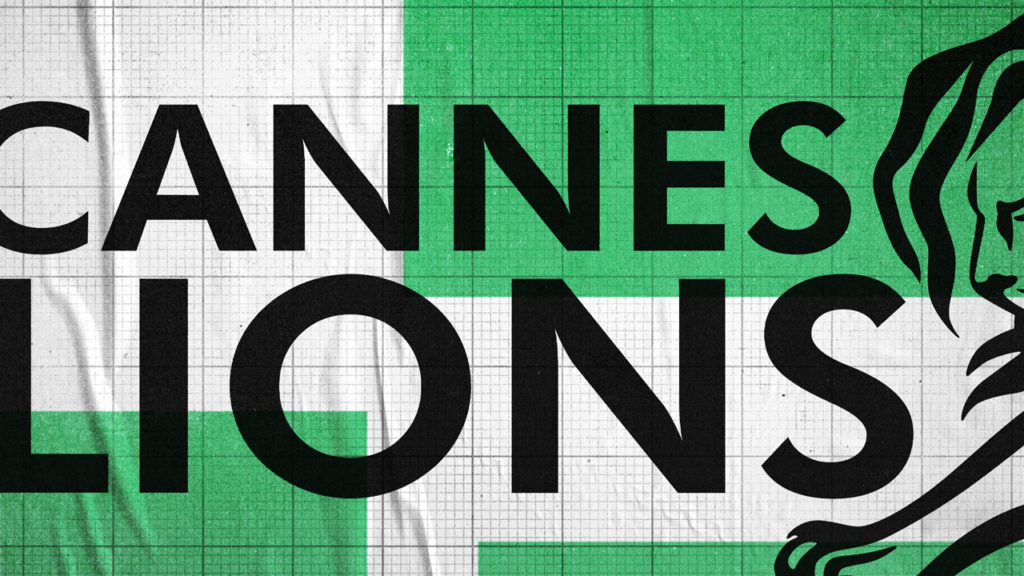In response to the pandemic, restaurants shuttered and delivery and takeout orders skyrocketed. Some restaurants pivoted digital and were able to persevere while others shut down for good. Technomic estimates that the global restaurant business will lose nearly $600 billion in consumer spending in 2020 due to the pandemic.
In a panel on Cannes Lions’ digital platform Lions Live, founding partner of I&CO Rei Inamoto looks to the playbook by which his friend and chef, Yoshihiro Narisawa, pivoted to keep open his two-Michelin star restaurant Les Créations de Narisawa in Tokyo, Japan. In drawing parallels between the restaurant industry and the advertising industry, Inamoto established four imperatives for growth the marketing industry can implement to create new opportunities in the new normal.
In January, as restaurants in Japan closed amid the crisis, Narisawa, where plates start at $400, immediately lost its customers and utility as demand for luxury items and experiences plummeted. Five months later and Narisawa has been able to stay afloat. According to Inamoto, that’s because Narisawa’s team turned on their functional speed, stuck to their point of view and found a sound business case in order to create a practical future for the restaurant.
Inamoto attributes part of Narisawa’s success to his first imperative—shifting from organizational scale to functional speed. Because the in-person dining experience upholds Narisawa’s business model, Narisawa and his team truncated their complex menu to feature just two bento boxes available for delivery. As per Inamoto, “The notion that you have to be small to have the function of speed is completely false.”
Inamoto’s second imperative for growth is sticking to your point of view. In Narisawa’s case, this meant maintaining the restaurant’s premium brand image—using high-quality, sustainable ingredients that are cooked naturally—by only slightly lowering the price of the newly launched bento boxes, to $150 each.
Next, Inamoto advises brands to seek out a sound business case rather than a case study. For example, to stay top-of-mind for his existing customers, Narisawa launched a limited time bento box with Dom Pérignon, priced at $1,000 each. After calculations, the team decided the move was a sound business case rather than just a marketing stunt.
Lastly, Inamoto cautions brands against operating on wishful thinking, or that the pandemic will end soon and allow them to return to normal. Instead, businesses should identify unaddressed customer and cultural needs to create solutions that unlock new marketing opportunities. For Narisawa, that need sprang from the behavioral shift of more people cooking at home. To capitalize on the trend, Narisawa launched freshly packaged food items that could be stored and easily cooked at a later time, starting at $60 each.
Planning for the ideal or immediate future won’t make you competitive enough, says Inamoto. Instead, practical futures offer the sweet spot—close enough to be achievable but allowing just enough time to create new products and services with lasting and meaningful impact.

